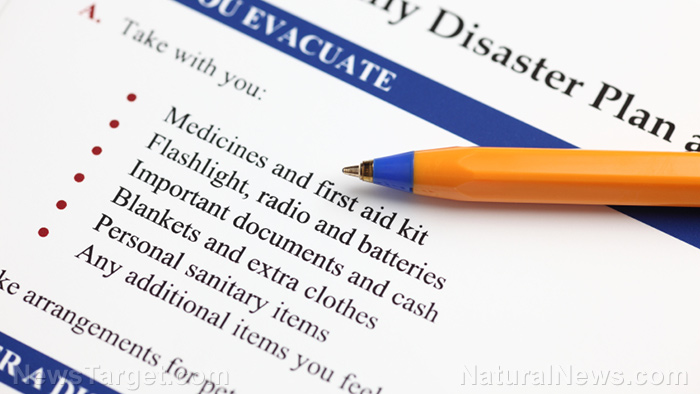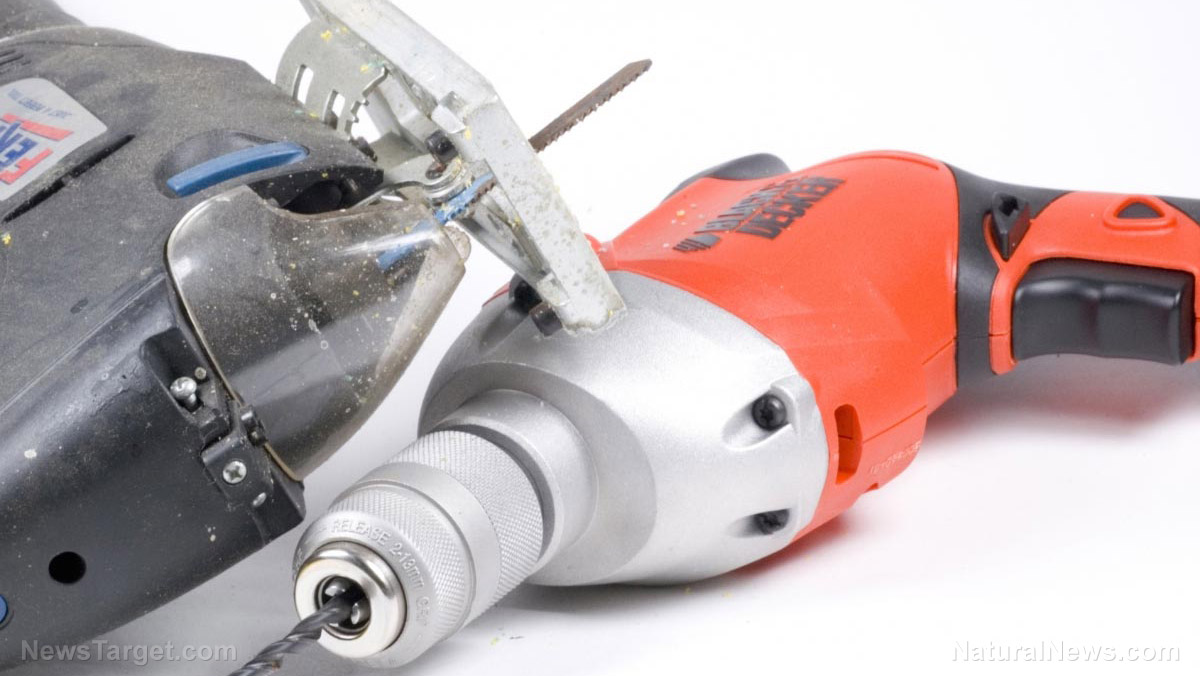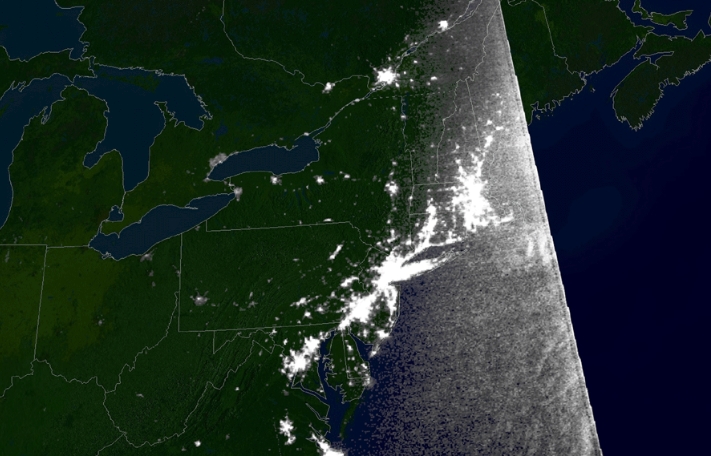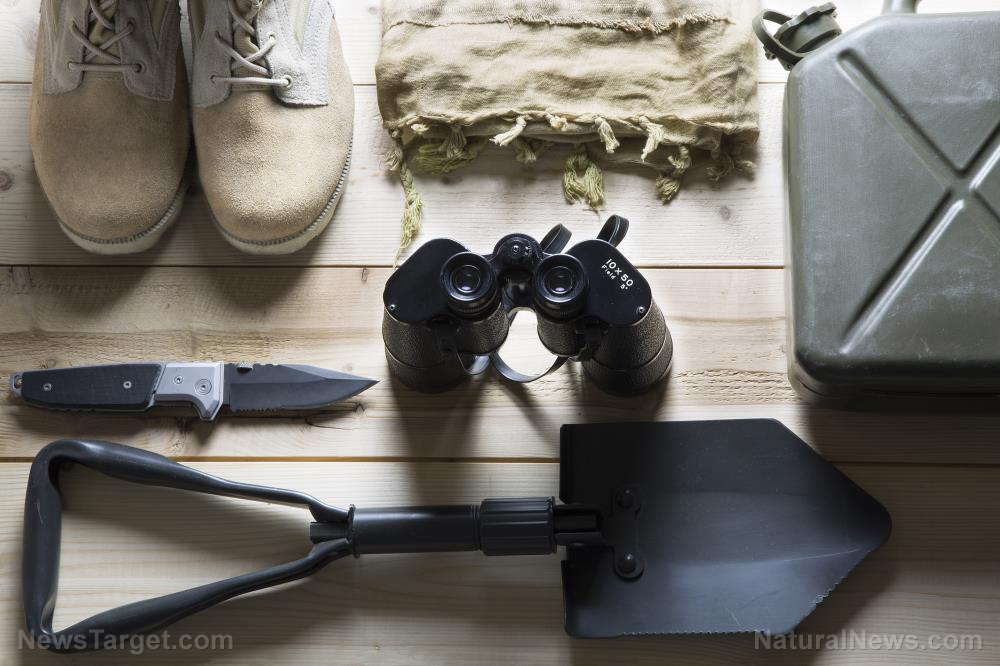Emergency comms for preppers: Alternative means of communication when SHTF
09/26/2019 / By Edsel Cook
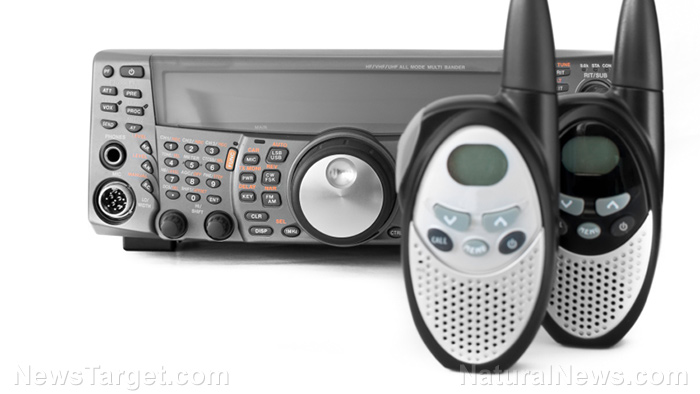
Keeping your communication lines open is an integral part of surviving SHTF situations. There are three types of emergency communication systems that preppers must have: Two-way radios, CB radios, and ham radios.
Each type has strengths and weaknesses. While a good prepper must try to get all of them, he should prioritize the one most suited for his needs.
Two-way radios
Two-way radios are better known as walkie-talkies. There are two types: Family Radio Service (FRS) and General Mobile Radio Service (GMRS).
Both types use similar frequencies. But GMRS units have higher power output, more range, and require a license from the Federal Communications Commission.
Walkie-talkies are easy to use, making them well-suited for kids and older people alike. Since they are small and weigh little, they are easy to carry in bags (including Faraday bags) and pockets.
Many of the latest models also offer additional options like hands-free use, interference elimination, and SOS signals.
Finally, they are the cheapest choice out of the three radio systems. Even the newest models of walkie-talkies remain within reach of most budgets.
Their range is their main drawback. Two-way radios have the shortest reach among the radio-based communications systems, especially in bad weather and urban environments. (Related: Not just for wetting your whistle: 6 Survival uses of alcohol.)
CB radios
Citizen band (CB) radios are the second option for emergency communications. They use frequencies between 26 and 27 megahertz (Mhz).
Their range far exceeds that of FRS and GMRS two-way radios. A dependable CB radio set with a fine-tuned antenna makes it easy to talk to other radio-equipped people within 25 miles (20 km).
Sponsored solution from the Health Ranger Store: The Big Berkey water filter removes almost 100% of all contaminants using only the power of gravity (no electricity needed, works completely off-grid). Widely consider the ultimate "survival" water filter, the Big Berkey is made of stainless steel and has been laboratory verified for high-efficiency removal of heavy metals by CWC Labs, with tests personally conducted by Mike Adams. Explore more here.
CB radio sets may also get modified for better performance. The enhanced high-end ones may reach as far as 1,000 miles (1,609 km).
Further, they remain crystal clear in most atmospheric conditions and environments that will degrade the performance of two-way radios.
The main downside to CB radios involves their size. A radio set is big and heavy enough to require a vehicle for easy transportation.
Handheld CB radios do exist. But they are still bigger and heavier than two-way radios, making them much less suitable for children and older people.
Another disadvantage is their limited number of channels. All 40 channels for CB radios are open for use by anyone with a set. Not only does this mean there is no privacy, but the channels might experience heavy use, which will cause interference.
Ham radios
Last but not least are ham radios. Serious preppers hold this method in the highest regard when it comes to emergency communications.
Ham radios are long-range radio systems. Enjoying the farthest range among the three options, they allow instant messaging and communication between people in different cities.
Compared to CB and two-way radios, ham radios have many more channels available. A ham radio set is less likely to experience heavy traffic that causes interference during communications.
They also have one-way frequencies reserved for emergency use. The National Gard, Red Cross, and state and local police departments disseminate critical information via these frequencies.
Ham radios do have considerable drawbacks. First, they are much more expensive than CB and two-way radios. Second, they require the most amount of skill to use.
Finally, preppers who want to operate a ham radio need to get a license. To qualify for the permit, they must study and pass an exam.
A prepper must aim to get all three radio communications systems. Depending on the budget, he must prioritize getting them according to his immediate and specific needs.
Two-way radios are best for preppers who spend most of their time walking or on bikes. CB radios fit aboard bug-out vehicles and will keep members of a convoy in touch. Finally, ham radios serve to maintain long-distance communication even if SHTF.
Sources include:
Tagged Under: bug out, CB radio, chaos, Collapse, disaster, emergency communications, Gear, ham radio, off grid, patriot, preparedness, prepper, Preppers, prepping, radio comm, SHTF, survival, survival equipment, survival gear, two-way radios, walkie-talkie
RECENT NEWS & ARTICLES
COPYRIGHT © 2017 · SURVIVAL NEWS


